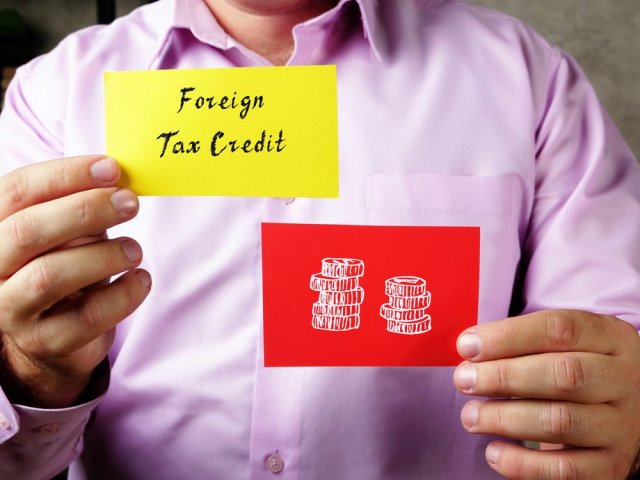In a world where environmental concerns are at the forefront of global discourse, governments and businesses alike are seeking ways to promote eco-friendly practices. One such initiative that has gained significant traction is green tax relief. This innovative approach aims to incentivize individuals and businesses to adopt environmentally sustainable practices by offering tax benefits. In this article, we will delve into the concept of green tax relief and explore the various incentives it offers for embracing eco-friendly practices.
Understanding Green Tax Relief
Green tax relief, also known as eco-tax incentives or environmental tax credits, is a government-led initiative designed to encourage environmentally responsible behavior. The core idea is simple: reward those who make efforts to reduce their carbon footprint and minimize environmental harm. These rewards typically come in the form of tax benefits, deductions, or credits.
The underlying principle of green tax relief is that it provides financial incentives for activities that contribute positively to the environment. These activities can range from adopting renewable energy sources to implementing energy-efficient technologies, reducing waste, and conserving resources. By reducing the tax burden on individuals and businesses engaged in such practices, governments aim to steer society towards a more sustainable future.
Types of Green Tax Relief
Green tax relief programs can take various forms, each targeting specific aspects of eco-friendly practices. Here are some common types of incentives offered:
1. Renewable Energy Credits
Many governments offer tax credits to individuals and businesses that invest in renewable energy sources such as solar panels, wind turbines, and geothermal systems. These credits can significantly reduce the upfront costs of transitioning to clean energy.
2. Energy Efficiency Deductions
Tax deductions are provided for the installation of energy-efficient appliances and technologies. This encourages the adoption of LED lighting, smart thermostats, and other energy-saving solutions.
3. Carbon Offset Credits
Some regions allow individuals and companies to purchase carbon offset credits, effectively compensating for their carbon emissions. These credits support projects like reforestation and renewable energy initiatives.
4. Green Building Incentives
Green building practices, such as constructing eco-friendly homes and commercial buildings, are often rewarded with tax incentives. These incentives promote sustainable architecture and materials.
5. Electric Vehicle (EV) Incentives
Governments provide tax credits and rebates to promote the adoption of electric vehicles, reducing greenhouse gas emissions from traditional automobiles.

Benefits of Green Tax Relief
The advantages of green tax relief are far-reaching and extend to both individuals and businesses.
1. Financial Savings
Perhaps the most immediate benefit of green tax relief is the financial savings it offers. Reduced tax burdens mean more money in the pockets of individuals and higher profits for businesses.
2. Environmental Impact
By promoting eco-friendly practices, green tax relief contributes to a significant reduction in carbon emissions, resource consumption, and environmental degradation. This, in turn, helps combat climate change and protect natural ecosystems.
3. Technological Advancement
Incentives for green technologies spur innovation and advancements in eco-friendly products and services. This benefits not only those who receive tax relief but society as a whole.
4. Competitive Advantage
Businesses that embrace sustainable practices gain a competitive edge in the market. Consumers increasingly prefer eco-friendly products and are willing to support companies that prioritize sustainability.
5. Public Image
Companies and individuals who participate in green tax relief programs often enjoy a positive public image. It showcases a commitment to responsible citizenship and environmental stewardship.
Applying for Green Tax Relief
To take advantage of green tax relief, individuals and businesses must meet specific criteria set by their respective governments. This usually involves providing evidence of eco-friendly practices, such as energy consumption records, receipts for energy-efficient upgrades, or certifications for sustainable building practices.
It’s essential to keep thorough records of all relevant transactions and activities to ensure a smooth application process. Consulting with tax professionals who specialize in environmental incentives can also be beneficial in navigating the complexities of green tax relief programs.
Conclusion
Green tax relief is a powerful tool in the global effort to combat climate change and promote eco-friendly practices. By providing financial incentives to individuals and businesses, governments can accelerate the transition to a more sustainable future. The benefits are manifold, ranging from economic savings to a cleaner environment and a brighter future for generations to come. Check out their page to get more important information about tax resolution.

